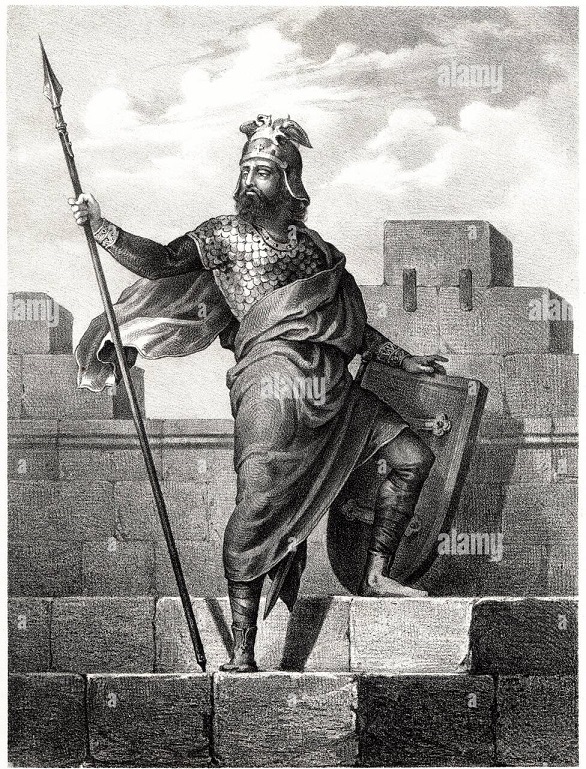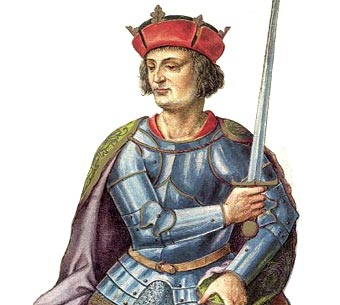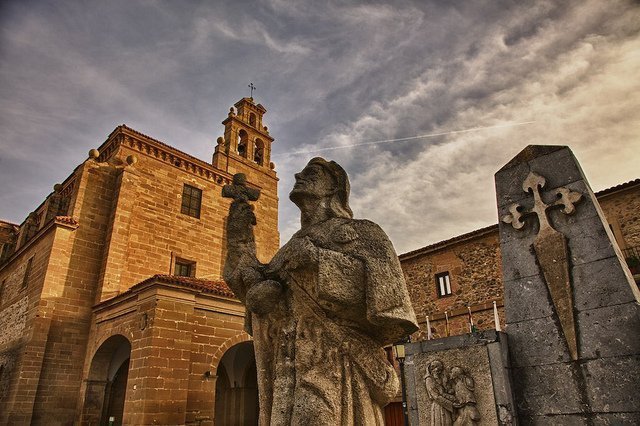The most illustrious pilgrims of the Way of St. James
The Camino de Santiago is full of stories and has been the scene of great characters who have contributed to its formation and improvement with their contributions. They are part of the history of the most important pilgrimage site in the world. Meet them in this post.
5 Most Important Pilgrims of the Camino de Santiago
These characters have bequeathed great contributions that have turned the Camino de Santiago into an emblematic place.
Alfonso II of Asturias “The Chaste” (760-842)

In the year 824 the king of Asturias made the journey between Oviedo and Santiago de Compostela accompanied by his court to go to the place where the remains of the Apostle are said to have been found, which allowed him to be recognized as the first pilgrim.
This route made by Alfonso II is what is currently known as the Primitive Way, the oldest pilgrimage route to Santiago.
Alfonso III of Asturias “The Great” (852-910)

This monarch, who ruled the Kingdom of Asturias for more than 4 decades, was one of the most outstanding benefactors of the tomb of the Apostle St. James. During the long time of his reign, the Camino de Santiago was consolidated as a great center of Christian pilgrimage during the Middle Ages. The monarch donated to the Apostle in Santiago de Compostela a cross of gold and stones that became one of the oldest offerings on record.
Saint Dominic of the Calzada (1019-1109)

This religious figure, originally known as Domingo García, is a key figure in understanding the development of the Camino de Santiago thanks to his contributions, although he is not a pilgrim himself. Dedicated to assisting pilgrims, he is the creator of the project to build a road to divert the Jacobean route to the south -which would later become the current Camino- in order to facilitate the pilgrims who had to cross paths in terrible conditions, full of thugs.
His contributions to the Camino de Santiago also include the construction of a bridge that crosses the Oja River, a hospital for pilgrims and a temple in honor of San Salvador and Santa Maria.
Bishop Teodomiro (VIII-IX century)

According to legend, Teodomiro, Bishop of the diocese of Iria Flavia, was informed by the hermit Pelayo of the discovery of a star perched in a nearby forest. When the Bishop arrived at the place, he would discover the presumed place where the remains of the Apostle were buried. Teodomiro would end up summoning Alfonso II to go to Compostela to see the place and thus approve the discovery.
Isabella I of Castile (1451-1504) and Ferdinand II of Aragon (1452-1516)

During the last years of the Reconquest, Ferdinand and Isabella, the Catholic Monarchs, made the pilgrimage to Santiago in 1486 (at a time when pilgrimages were already declining). During that journey, the idea of creating a large pilgrims’ hospital to provide Santiago de Compostela with more resources arose.
They also supported the reconstruction of the Santa María do Cebreiro temple, located at the entrance to Galicia. They became the first Hispanic kings in more than 1 century to make the pilgrimage to the apostolic tomb; they also increased the protection of the pilgrims with the persecution of bandits and establishing safe-conducts for the faithful who made the pilgrimage.
